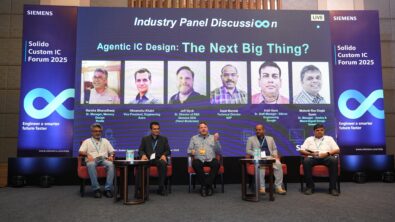Migrating to the cloud for intelligent SoC verification

Are you tired of dealing with limited on-premises compute resources and competing for compute resources to launch your critical design verification jobs? The good news is cloud has established its permanence in the semiconductor ecosystem. And some driving forces compelling companies to move to the cloud are the growing complexity and cost of chips, data explosion, and addressing time-to-market (TTM) schedules.
Chip design teams experiment with various design architectures and perform trade-off analyses to meet power, performance, and area (PPA) requirements. This includes running compute-intensive simulations and verifying the design from the leaf block level through the entire hierarchy to the top-level full-chip design. The migration to the cloud provides flexible and virtually unlimited on-demand computing resources for design verification. Moreover, with the cloud, companies can adapt quickly to meet the changing computing demands, reduce IT infrastructure costs, and increase agility.
The cloud also enables companies to scale and leverage key technologies like ML/AI and big data to drive intelligent SoC verification. ML/AI-enabled design and verification EDA tools coupled with the on-demand compute power of the cloud improves the quality of results and efficiency of the workflows – allowing designers to identify and correct potential issues early in the design stage, reducing the risk of expensive and time-consuming rework.
Cloud Service Providers (CSPs), including Amazon Web Services, Google Cloud Platform, and Microsoft Azure provide a wide range of tools and services that enable companies to move to the cloud and innovate. However, the value and effectiveness of the cloud for companies to innovate will vary by the organization’s size and operational environment. Therefore, it pays in the long run for a company to invest upfront in a thorough assessment of the cost-benefit of their IT operations and chip design and verification workflows. Check out the article “How to migrate SoC designs to the cloud” to learn about the factors companies should consider when deciding to migrate to the cloud.
In addition, learn more about how Siemens EDA cloud offerings can help with your migration journey to the cloud.


